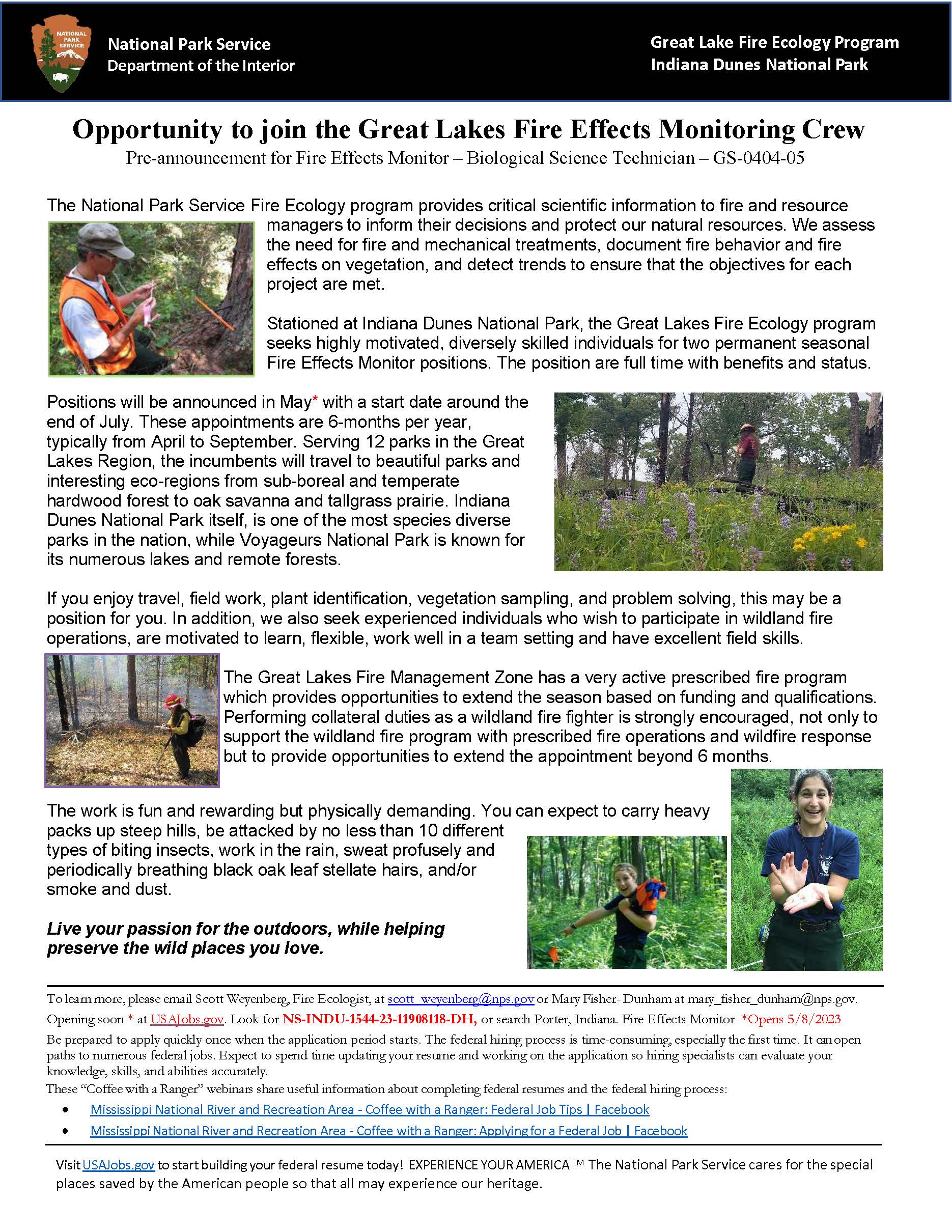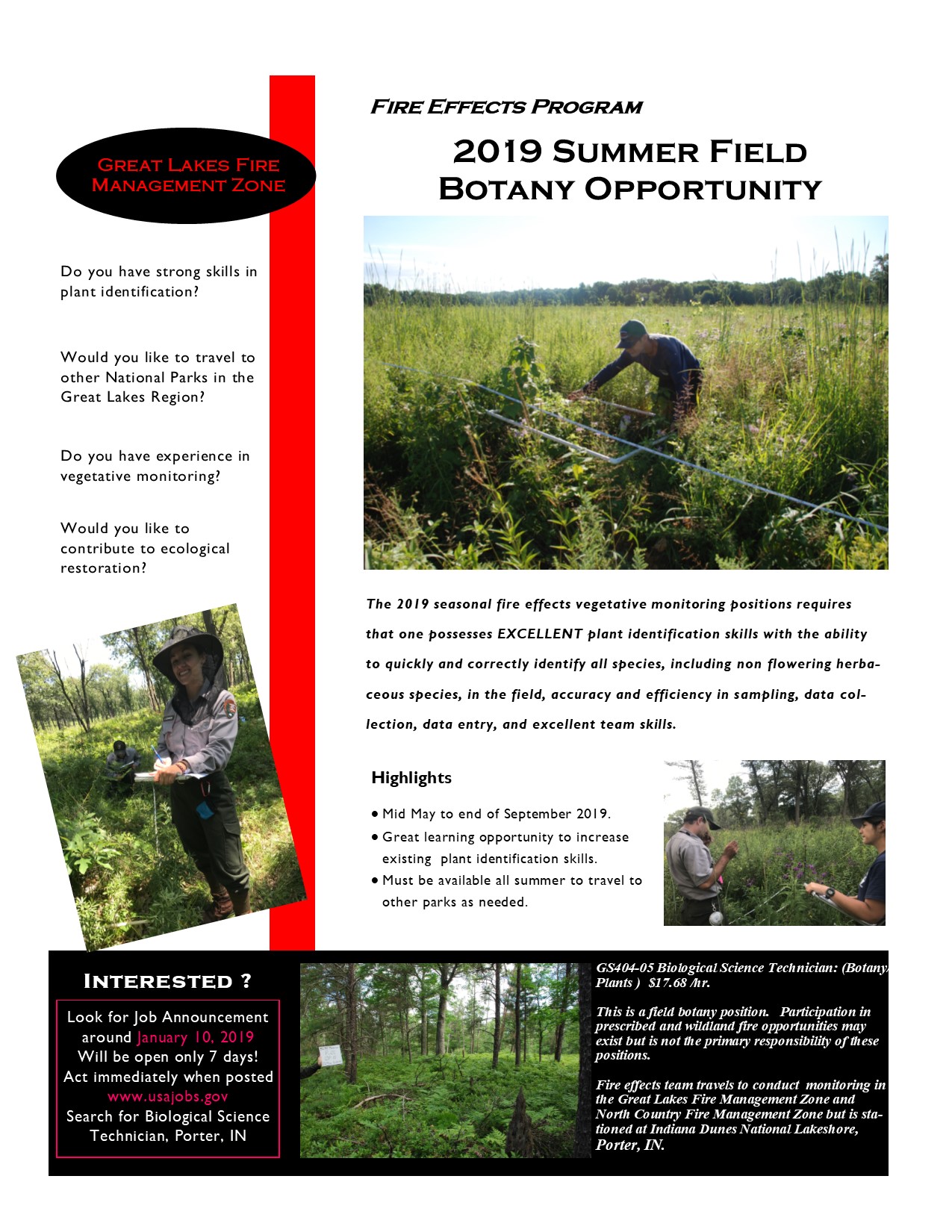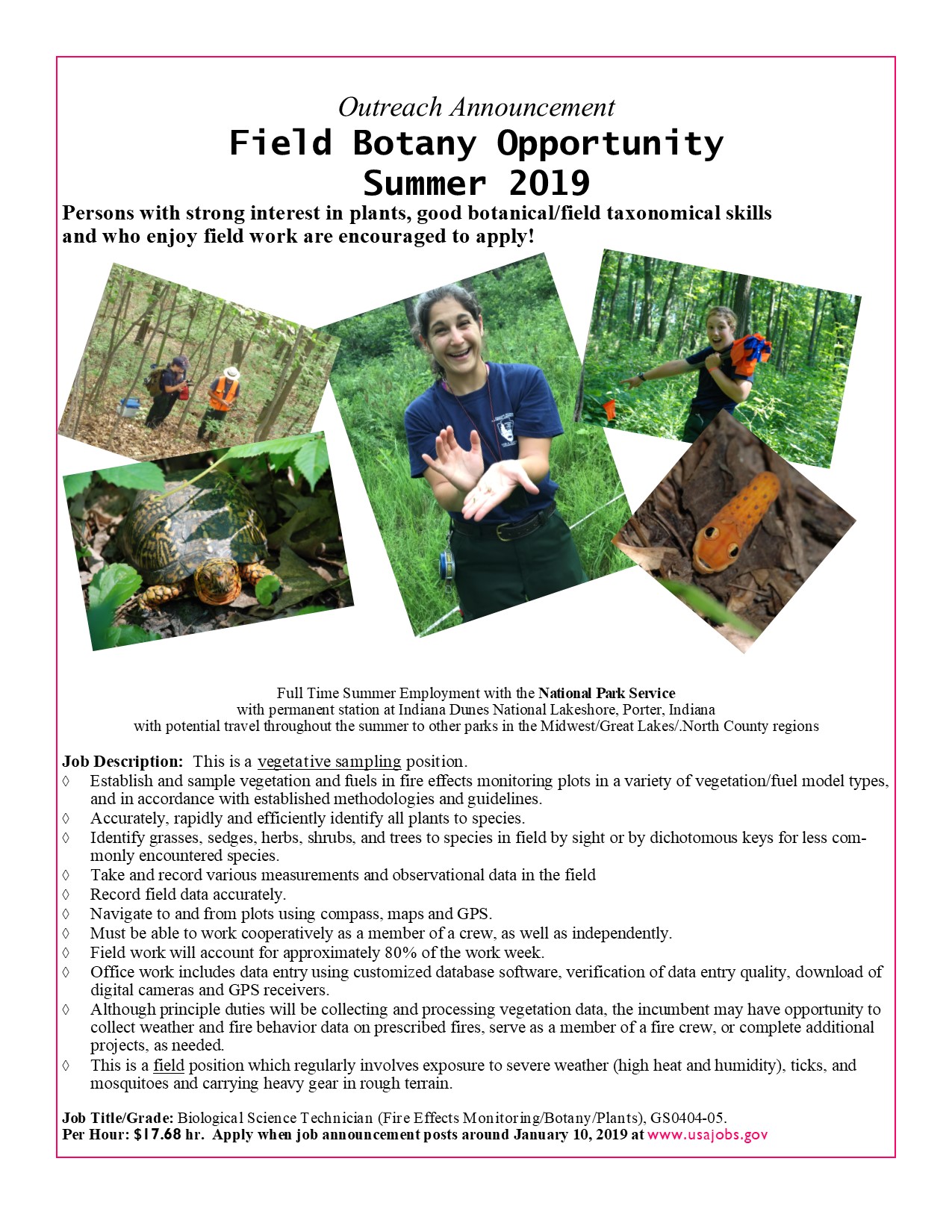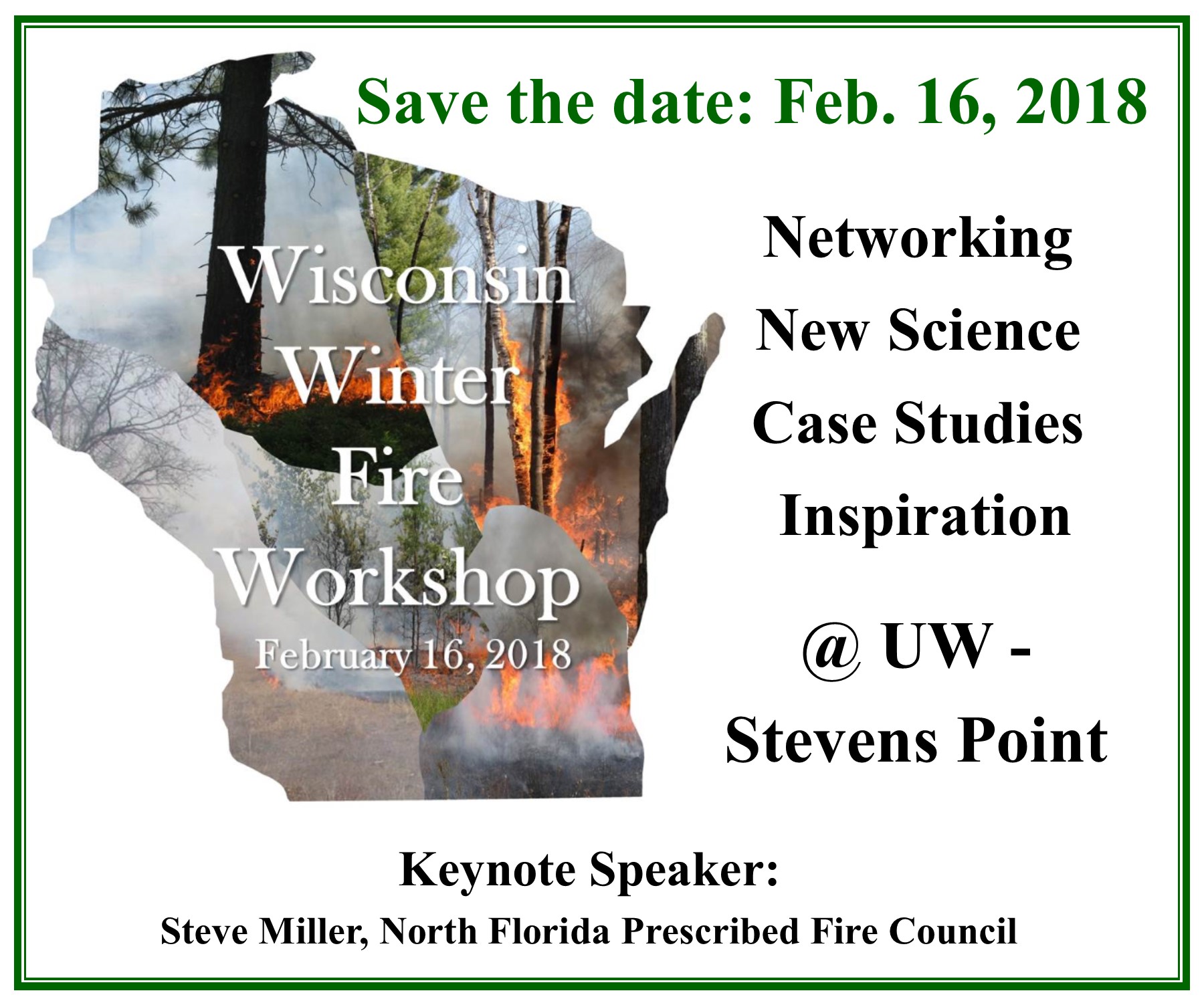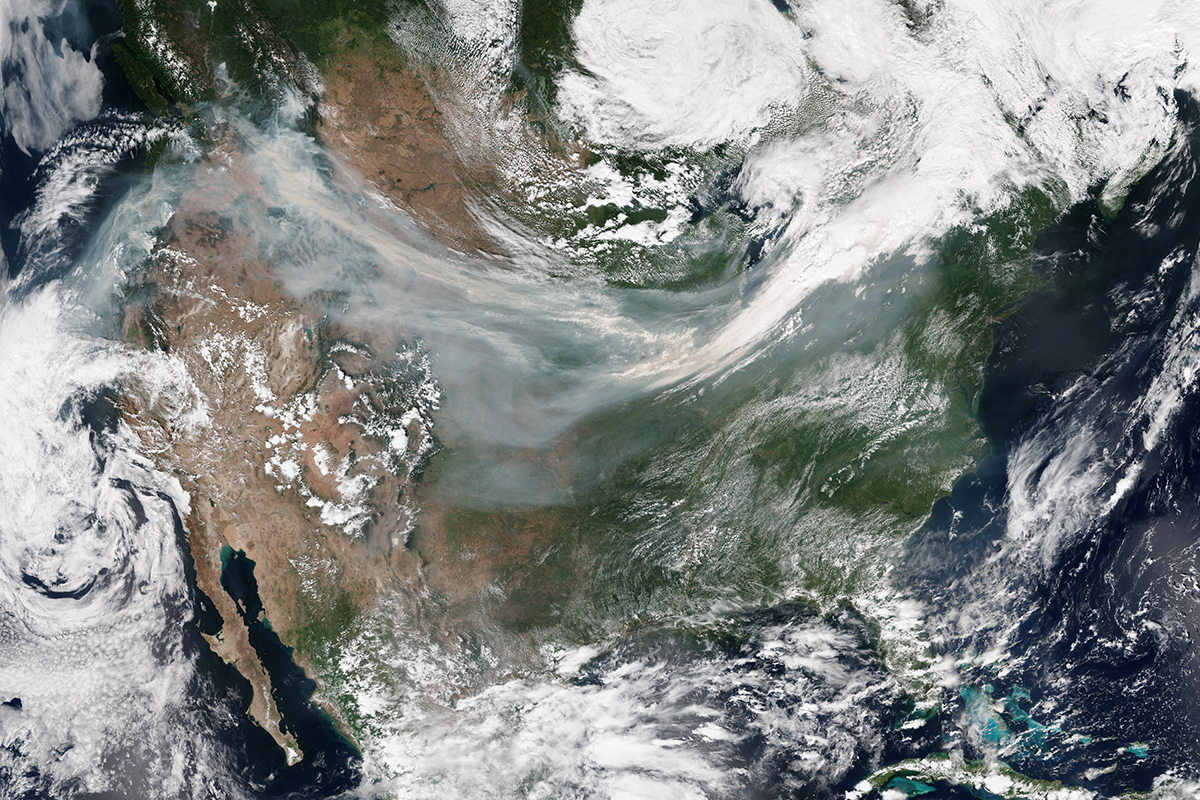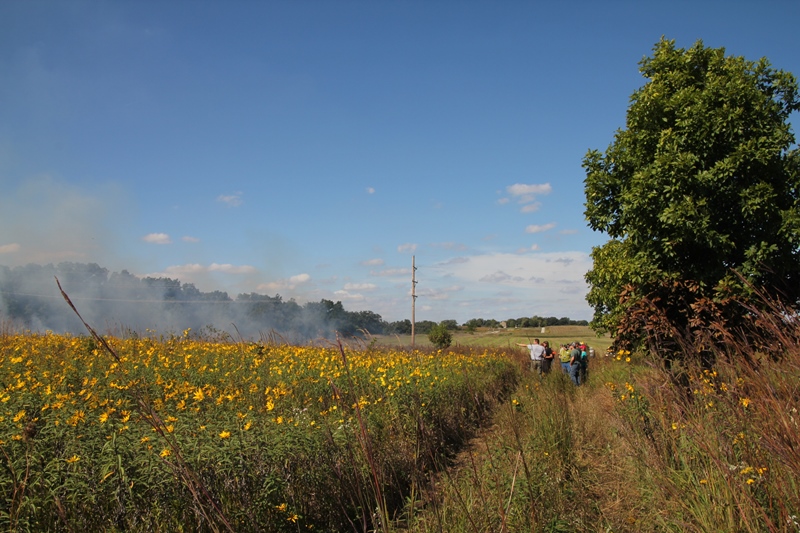Join the Wisconsin Wildland Fire Community February 16 at UW Stevens Point
The Wisconsin Winter Fire Workshop returns with an agenda designed to foster connections between presenters and other participants, and networking among all members of the the Wisconsin wildland fire community.
Whether you are mainly involved in fire suppression, prescribed fire, or research (or all three) you will find content relevant to your work or education.
Update: registration is closed.
Participation rose by 10 percent this year, so we are near capacity. Same day registration is not guaranteed! Please contact us if you are interested in same day registration.
Online registration closed Thursday, Feb. 8 at 8:00 PM Central.
Cancellation and Refund Policy: Cancellations made prior to Thursday, Feb. 8 will receive a full refund. After Feb. 8, registration payments may be transferred but no refunds will be made.
If you would like to transfer your registration, please contact Michele Jasik at the Wisconsin Prescribed Fire Council. If you are inquiring about same day registration please contact TPOS Coordinator Craig Maier before 4 pm on Thursday, Feb. 15.
Agenda
Registration and Welcome: 8:30-9:55 AM
Check in at the UWSP Dreyfus University Center (Laird Room 230A) runs from 8:30-9:30. Opening remarks begin at 9:30.
Plenary Presentations and Panel Discussion
Burn Timing – Research, Experience, and Application
1) Jack McGowan-Stinski, Program Manager, Lake States Fire Science Consortium – "Matching Burn Timing to Desired Fire Effects"
2) Craig Maier, Coordinator, TPOS Fire Science Consortium – "Growing Season Burn Survey Summary: 2016 Snapshot of Use in Prairie and Oak Ecosystems in the Upper Midwest"
- range of objectives and desired fire effects
- primarily being used in grassland habitats but also being employed in woodlands and wetlands
- there are lessons learned to share, but also many questions that research could address
3) Nathan Holoubek, Research Scientist, Wisconsin DNR - "Current Fuels and Fire Effects Research"
- Historical fire patterns and frequency of growing season fires
- What to expect from late growing season fuels in grasslands and prairies
- Comparison of fire behavior between late growing season and dormant season burns
4) Matt Zine, State Natural Areas program, Wisconsin DNR - "Biodiversity and Burn Timing"
Lunch and Keynote Presentation
Keynote presenter Steve Miller will share his diverse experiences with fire - as a land manager, prescribed burn boss, wildland firefighter, and NWCG course instructor
Headfires
This rapid presentation session features an array of wildland fire insights and updates from across the region, and seeks to ignite awareness and further discussion outside of the session.
Use one of the 3-minute-long slots to share an innovation or update from your part of the state. This is your chance to share updates on research, prescribed fire, or wildfire planning/response.
Contact the organizers if you are interested in sharing a short talk (no commitment required!).
"Seasons of Fire"
Dr. Ron Masters, Professor of Wildland Fire Management at UW-Stevens Point, will share his perspective from a career spanning more than four decades of prescribed fire practice and research.
Closing Remarks and Networking: 3:45-5 PM
Stay for refreshments and make connections at one of two mixers:
Early Career Professional Mixer
Students and early career professionals can connect with seasoned researchers and practitioners to learn about career paths and opportunities. Each professional will be paired up with a few students as an ice-breaker, and then participants are free to mingle.This mixer is located just down the hall in the Laird breakout rooms.
Open Mixer
Connect with speakers, Wisconsin Prescribed Fire Council board members, and other colleagues from around the state. For this mixer, we will remain in Laird Room 230A.
Contacts:
Questions about the agenda or same day registration? Contact TPOS coordinator Craig Maier.
Questions about payment? Contact Michele Jasik - wiprefirecouncil "at" gmail "dot" com.
2018 Wisconsin Winter Fire Workshop Leadership Team:
Adam Gundlach - UW-Madison, Wisconsin Prescribed Fire Council (WPFC) Chair
Michael Hansen - UW-Madison, WPFC Outreach and Education
Michele Jasik - WPFC
Dr. Yari Johnson - UW-Platteville, WPFC
Craig Maier - Tallgrass Prairie & Oak Savanna Fire Science Consortium (JFSP)
Eric Mark - The Nature Conservancy, WPFC
Dr. Ron Masters - UW Stevens Point, Professor of Wildland Fire Science
Jack McGowan-Stinski - Lakes States Fire Science Consortium (JFSP)
Jason Stevens - US Forest Service, Northeast Region
Michele Witecha - Wisconsin DNR Forestry
Published 1/16/2018. Updated 2/12/2018.
 Wednesday, July 17, 2024 at 1:57PM
Wednesday, July 17, 2024 at 1:57PM 



